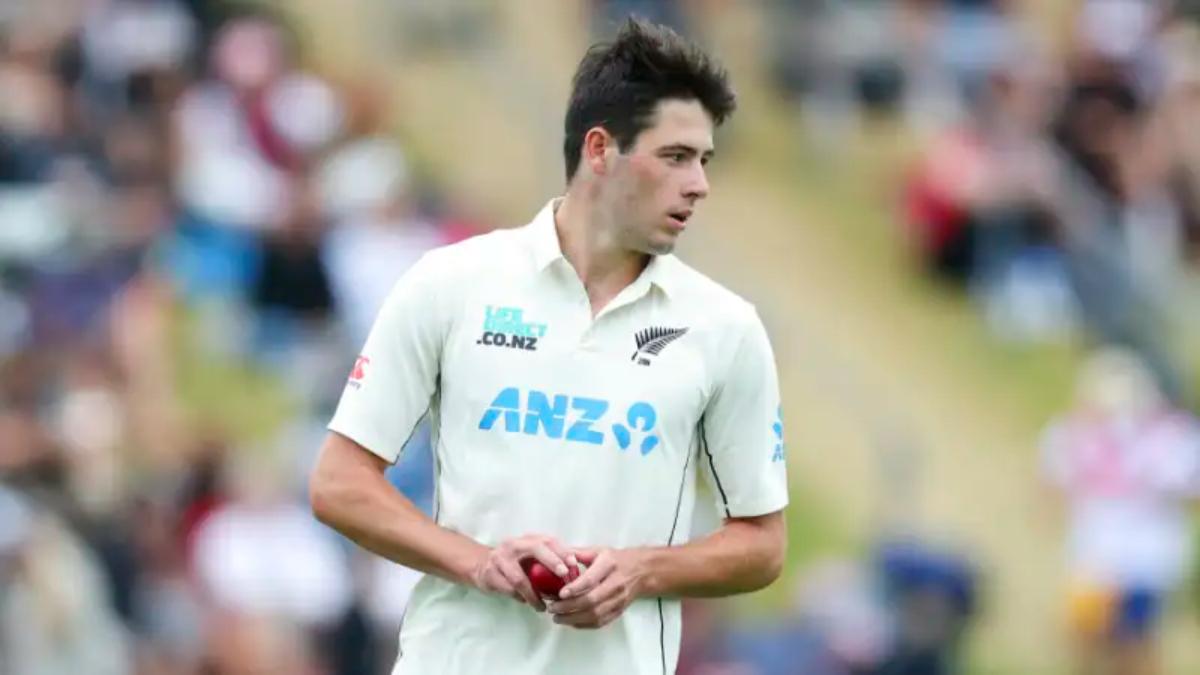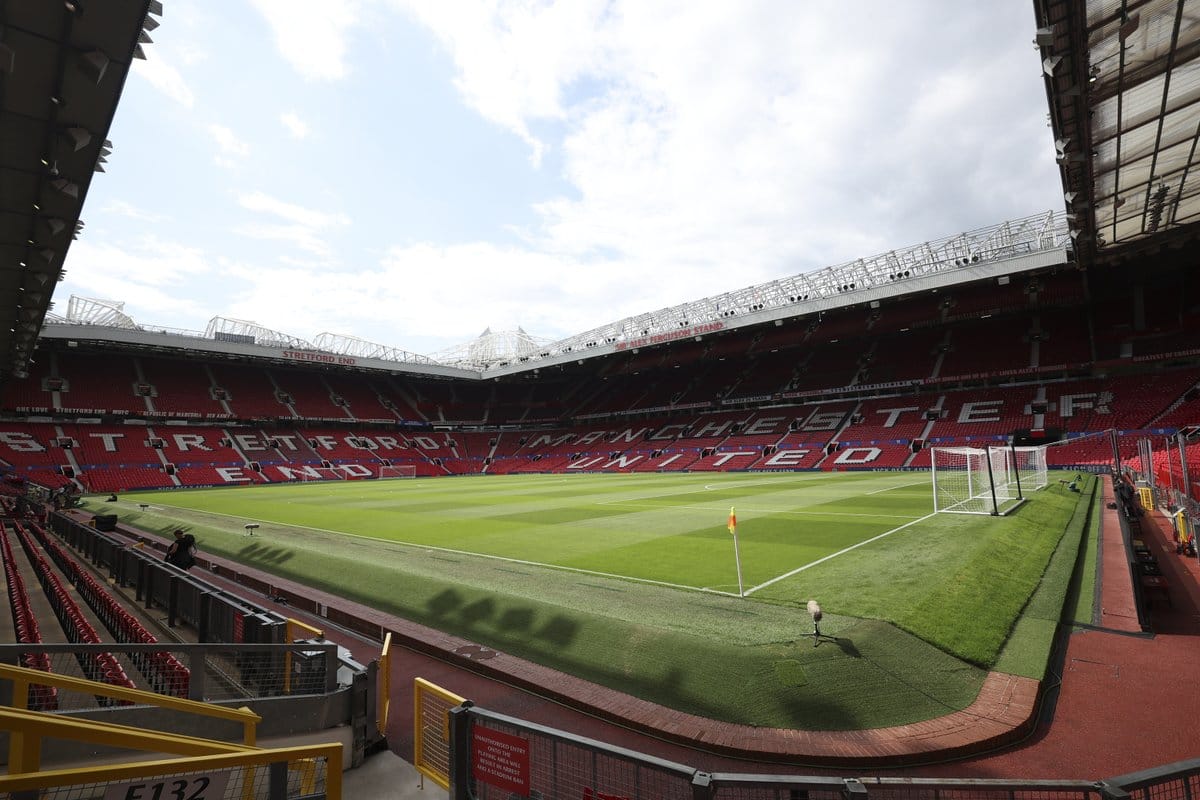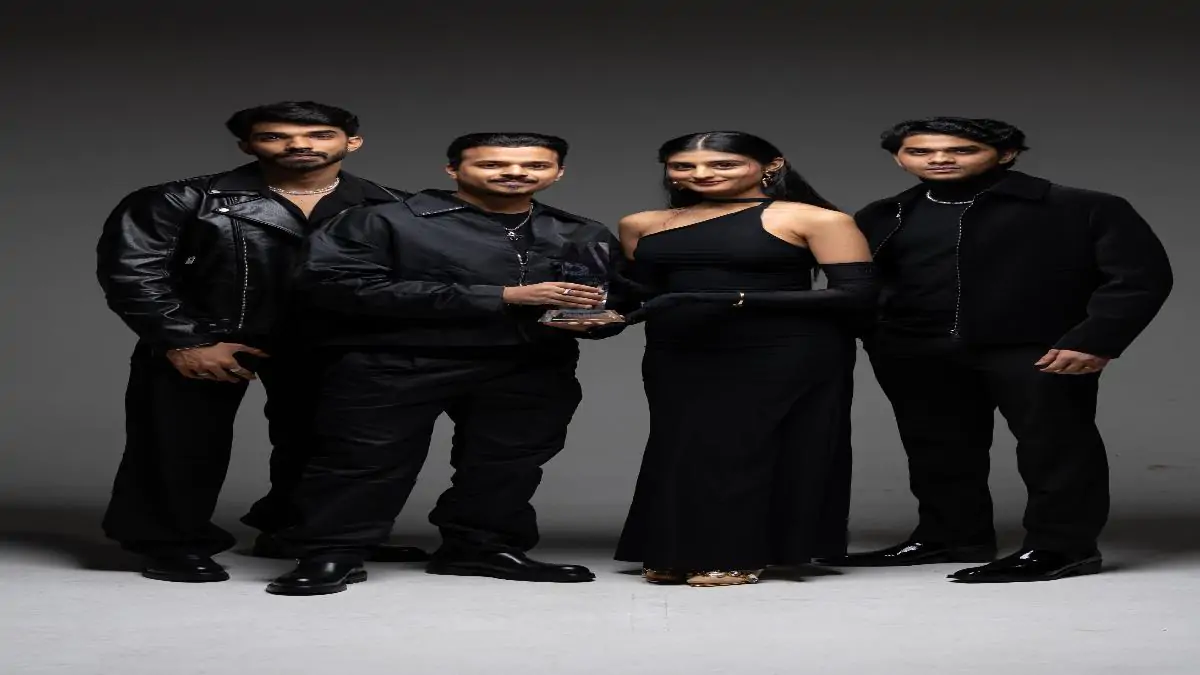In Galle, New Zealanders typically don’t perform very well. They have lost three Test matches by an innings, one by ten wickets, and one by 202 runs out of their five losses in as many games at the ground. New Zealand’s most recent Test at the location, which concluded with a 63-run loss to Sri Lanka on Monday, is their closest result here. They entered the fifth morning with a chance to win, needing 68 more runs to win with two wickets left.
However, two guys stood out in particular. Seamer Will O’Rourke was very dangerous on his debut outing in steaming conditions and on a dry deck, often reaching speeds of up to 140 kph while sending down short deliveries on a pitch that was not particularly good for short bowling. Crucially, there were also no incredibly loose spells for the bowler in his third Test. He received 8 for 104. Among those fired were six middle-or upper-order batters—the 23-year-old sufficiently pleased Captain Tim Southee.
“Will’s had a very short Test career so far, and he’s certainly announced himself,” Southee said after the match. “We saw in New Zealand how dangerous he can be. He’s got the skills to have a very good Test career. For him to come to his first Test in the subcontinent and walk away with a very impressive eight wickets for the match is nothing short of special. He’s got a great head on his shoulders, and he’s a big guy. So there’s a lot to like about Will O’Rourke.”
As New Zealand attempted to chase a massive 275, 24-year-old Rachin Ravindra scored his highest Test score to date, a gallant 92 on a hazardous fourth-innings pitch. Naturally, Ravindra is not exactly new to international cricket; he shone at the ODI World Cup in India the previous year. He is a batter who is still getting used to playing at the highest level, though, and his cool-headedness in his third Test in Asia on day four, when he attacked length errors with an almost frightening intensity while trying to keep the score close, was particularly noteworthy.
“Rachin kept us in the hunt with that chase,” Southee said. “We knew it was [a] tough ask, and that it was going to take something special, with the wicket taking a lot of turn in these last couple of days. It was a great knock in those conditions.
“It’s not easy to bat – the ball was spinning, and doing all sorts [of things]. For a young guy without a lot of experience in this part of the world to go out and get 90-odd was a great sign for him as well. He’s another one that’s an exceptional talent, and he’s had a little taste of international cricket as well, and done exceptionally well. He’s a great young kid with a good head on his shoulders.”
The crucial part of the match, in Southee’s opinion, was New Zealand’s batting collapse on the third morning. They were just 50 runs short of Sri Lanka’s total as they finished their first innings at 255 for 4. However, the middle and lower orders fell prey to finger spinners Prabath Jayasuriya and Ramesh Mendis, costing them six wickets for 71 runs. Their lead had threatened to be much bigger, but in the end, it was only thirty-five.
“I guess the position where we got ourselves in, in the first innings, was good. But the last four or five fell for not many, and there was an opportunity to get a bigger first-innings lead,” he said. “We knew that that second new ball was going to be tough given the nature of the wicket and the quality of the Sri Lankan spin bowlers.
“If you look at those moments, if we were able to press on and get more of a lead, things could have been different. It was still a good Test match. There’s plenty of good things we can take into the next couple of days.”
ALSO READ: Hemp urges Bangladesh batters to ‘cash in’ after starts














